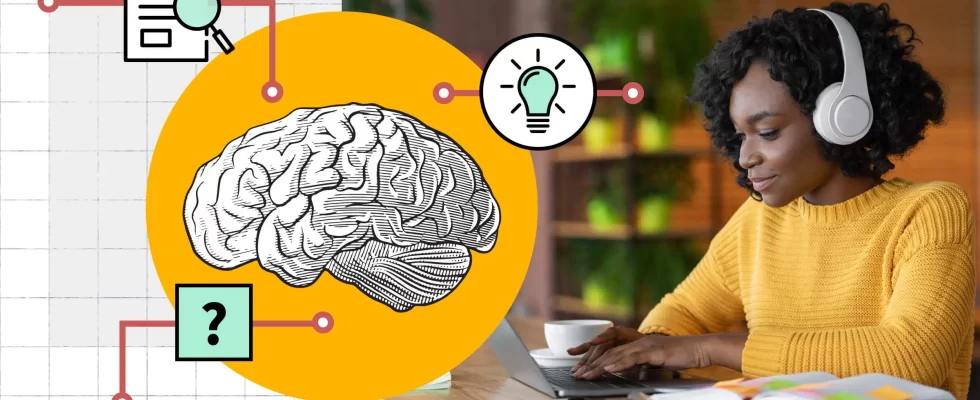Today’s corporate landscape is exceedingly dynamic and driven by outcomes like never before. Businesses rely on innovation, adjustment, and staying at the forefront of emerging trends to survive and succeed. It fosters an atmosphere that celebrates innovators, dedicated to materializing fresh concepts, technologies, and business models. Innovators remain curious about the world around them and possible opportunities others may not see. They constantly ask “what if” questions and aren’t afraid to explore unconventional ideas or technologies. Curiosity leads them to find underserved markets, customer pain points, and new ways of doing business.
Experimentation over certainty
Whereas most leaders seek definitive data and certainty before making decisions, innovators are comfortable with ambiguity and unknowns. They experiment early and often, learning critical information even if initial tests fail. They know they can’t innovate successfully without being hands-on and trying new concepts. Scott Biddle likely did not wait for months of market research and focus groups before launching the first version of Scottlynn’s concept. He got a minimum viable product in front of customers quickly to gain real-world feedback.
Long-term thinking
Innovators adopt a forward-looking perspective, considering the long-term trajectory of trends and envisioning potential future scenarios. Rather than obsessing over short-term returns, they make bold bets early to capitalize on where they believe the market will be in 5-10 years. Visionary leaders like Scott Biddle in think years ahead about where opportunities will emerge. Innovation takes patience and nurturing, and they are aware of the fact that it often takes time.
Comfort with change
The only constant for innovators is change. They cannot become too attached to any one product, business model, or way of working. Innovators must continually be willing to disrupt themselves and destroy the status quo that made them successful in the first place. A lifelong innovator like Scott Biddle does not cling to past successes. Even at the height of its popularity, he would be willing to rethink core aspects of Scottlynn’s model if industry forces demanded it.
Collaborative spirit
Innovation is rarely done alone. It requires tapping collective intelligence, diverse viewpoints, and new partnerships across domains. A key attribute of innovators is their ability to brainstorm with others and co-create new ideas, whether it be internally or externally. Scott Biddle likely does not innovate in isolation. He maintains an open dialogue with customers, partners, and employees to generate new insights and solutions together.
Mistakes are learning opportunities
The mental barrier to innovation is the fear of failure. Innovators reframe mistakes and setbacks as a natural part of the innovation process. Each failure provides learning that gets them closer to the breakthrough. Leaders view occasional stumbles as feedback to incorporate into the next iteration. They collect data from what doesn’t work and redirect efforts armed with new knowledge.
In an increasingly complex and competitive business landscape, the innovator’s mindset is mission-critical. Companies need leaders like Scott Biddle who embody relentless curiosity, embrace uncertainty, and turn mistakes into lessons. With this mindset, any organization becomes more disruptive, and successful in bringing breakthrough innovation to life!


